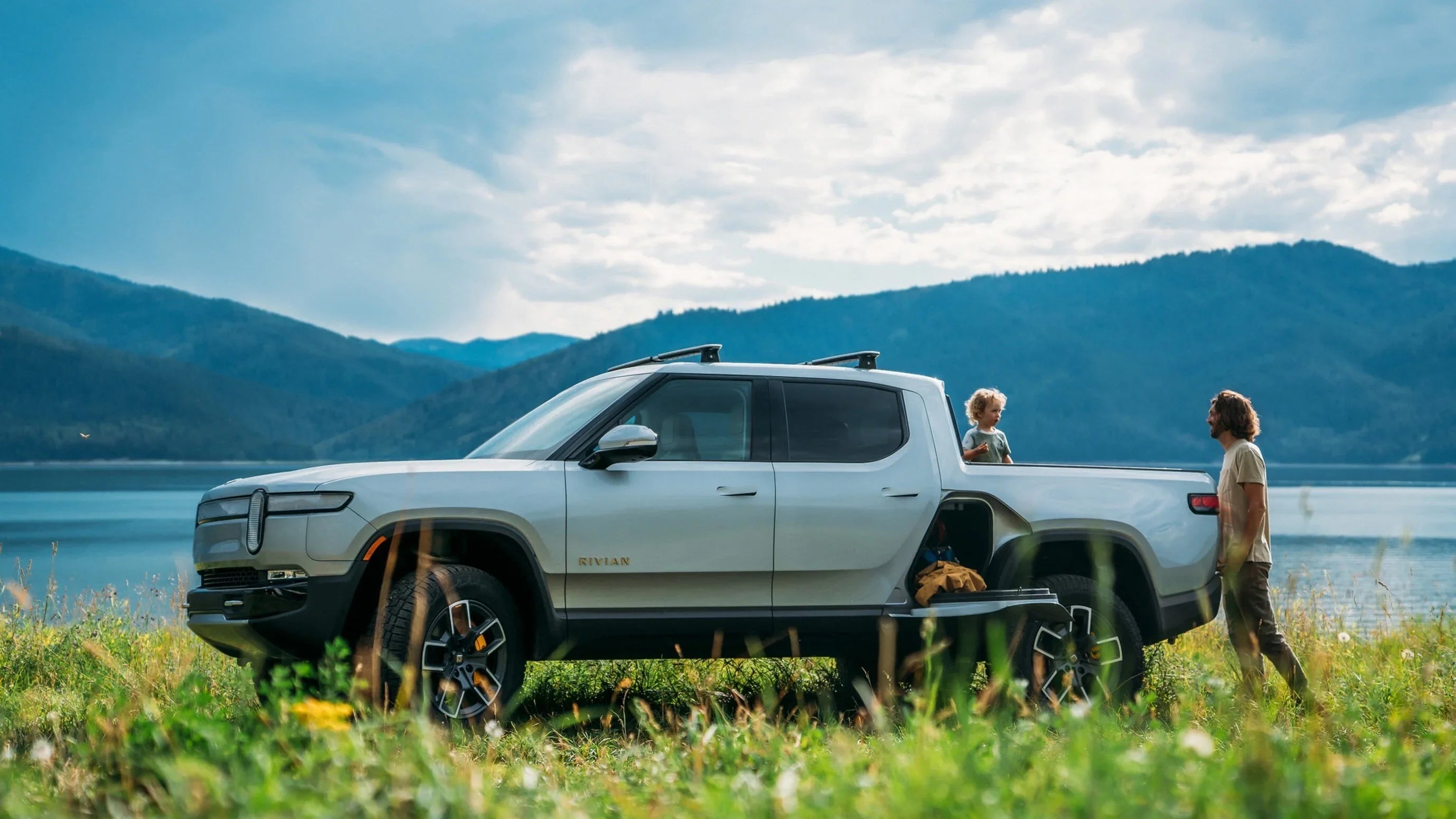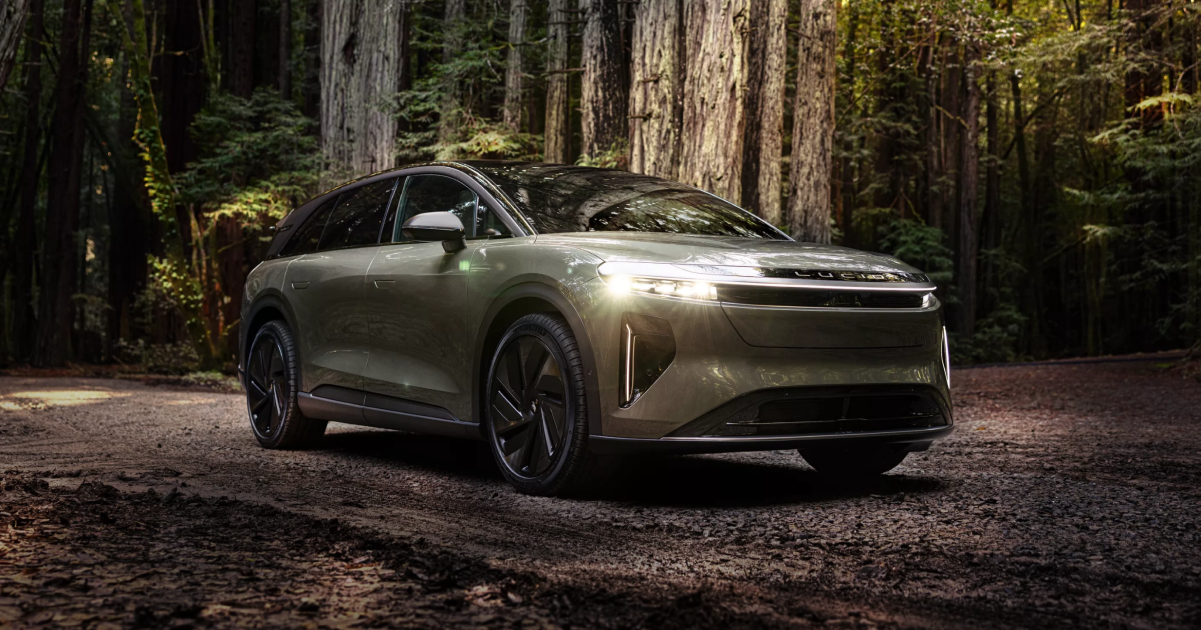Introduction
BMW’s push into next-generation electric vehicles continues with the launch of its Neue Klasse platform. The first model, the iX3 crossover, signals a strong step forward, offering long range, an upgraded interior and significantly improved charging speeds. Yet, despite these advancements, the company may be rethinking how to meet the expectations of higher-end buyers who prioritize convenience over charging-network dependence.

Why Gas Engines Are Back on the Table
According to a recent Bloomberg report, BMW is exploring the addition of small combustion engines to select premium EVs, potentially converting them into extended-range electric vehicles (EREVs). This move would primarily target customers who want the electric driving experience but also need the reassurance of longer range on long journeys.
Sources familiar with BMW’s internal planning suggest that models such as the i7 luxury sedan and the upcoming iX5 electric SUV are being considered for this configuration. Their larger bodies reportedly provide ample room to integrate a compact engine without altering the core vehicle structure.
How the EREV System Works
In an EREV setup, the electric vehicle operates primarily on power from its high-voltage battery and electric motors. The combustion engine does not drive the wheels. Instead, it functions only as a generator, producing electricity to recharge the battery when needed. This system helps maintain electric-first performance while eliminating range anxiety caused by limited charger availability.
BMW already produces small gasoline engines in-house. Leveraging existing powertrain technology would keep development costs manageable and shorten the timeline required to bring these versions to market.
A Growing Trend in the Industry
Several automakers have turned to extended-range solutions as a middle ground between fully electric and traditional combustion models. Scout Motors is planning EREV versions of its future Traveler SUV and Terra pickup, both using a small engine installed near the rear electric motor.
Stellantis’ Ram program has followed the same path, shifting its original plan for an all-electric pickup to focus on an extended-range model using a V-6 engine to provide backup power when the battery is low.
These moves reflect a broader industry trend: acknowledging that consumers want electric performance but aren’t always ready to rely solely on public charging networks.
Why the Chinese Market Matters
China plays a central role in BMW’s strategic considerations. Local manufacturers, including BYD, have built substantial success with EREV models, appealing to drivers who value flexibility, convenience and lower operating costs.
BMW is aiming to strengthen its position in the world’s largest auto market, where customer preferences differ from those in Europe and the U.S. Following the lead of Volkswagen and Audi, the company appears increasingly willing to tailor products specifically for Chinese buyers—even if that means blending EV technology with legacy engine expertise.

What Happens Next
At this stage, BMW is exploring the feasibility rather than confirming new models. The company notes that it is actively studying customer behavior, market trends and technology opportunities to evaluate whether a new generation of BMW EREVs should move forward.
As the EV landscape continues to evolve, BMW’s willingness to revisit hybridized solutions underscores one reality: even as battery technology improves, many customers still want options that remove uncertainty from long-distance electric travel.
Recommend Reading: Used BMW iXs Are a Hidden Luxury EV Bargain








Share:
BYD Expands Its European Lineup With a Strategic New Plug-In Hybrid
Tesla’s Three-Row Model Y L Highlights Growing Competitive Pressure in China